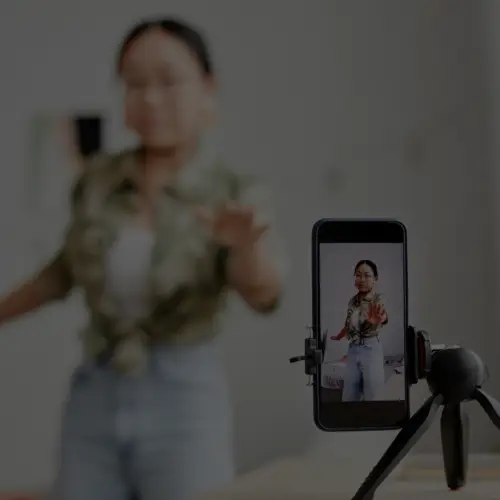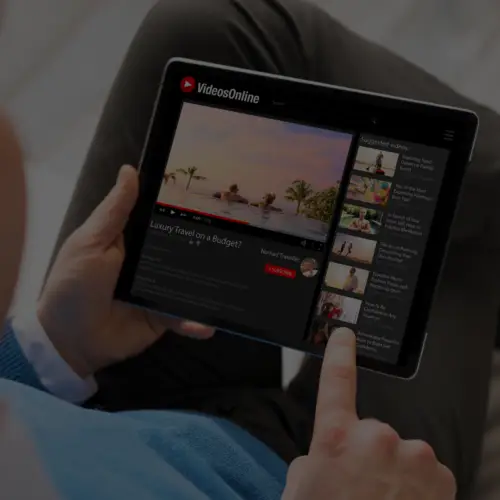22 Dec 5 Ways To Re-Ignite Twitter Growth in 2016
Twitter is stuck. Usage has stagnated at about 320 million monthly users worldwide and U.S. usage is projected to lag well behind Instagram’s growth. Revenue was actually up 61% in Q2, to $502 million, but the stock is getting pounded, putting pressure on the board and leadership to “do something.”
It’s a tough question, but in the finest tradition of the blogosphere offering advice, here are my five suggestions for Twitter to fire up their growth in 2016 and beyond.
Push Up the Periscope
Periscope has basically killed competitor Meerkat and it looks to be hurting Twitter’s own Vine product, and brand usage is up. Yes, there are many competitors, including Facebook and Blab, but Twitter remains the number one real-time news social network and live video plays to that strength.
To improve usage, integrating with Twitter (much like Facebook pushes users to Messenger) and finding a way to store, display and search the videos (like YouTube does), would vault them ahead of the competition.
Customize My Experience
Twitter thinks an algorithm is the way to surface the content of most interest to me, but that’s a mistake that still hurts Facebook’s real time efforts. Instead, allow me to easily customize my experience based on how others I follow are consuming content. Nuzzel does this effectively.
Another option is a Moments-like experience that is not human curated but based on categories I’m personally interested in. Copy Google’s “I feel lucky” more than the arduous Google+ Circles experience that was 100% accurate but too cumbersome for anyone to actually use.
Double down on IOT
Ever feel like nobody is reading your tweets? That is also sort of a Twitter strength. You can update a lot without annoying folks like you do on other networks. So let me tweet to my Nest, to my lights, to my garage door, to my security system. Twitter should be leading a push toward the Internet of Things and finding a way be practically the default interface.
Improve Ad Targeting
Revenue is up, so clearly progress has been made here. But Facebook’s ad targeting is vastly better than Twitter’s. And Facebook is pushing all that functionality to Instagram, which will pull available dollars away from Twitter. Twitter email matching underperforms Facebook’s, and Twitter targeting lags behind as well. Fuel your development budget and assuage investors by cranking up ad targeting and stealing more ad budget.
The chart to the right shows that 81% of marketers allocate 10% or less of their digital ad spending to Twitter. There is lots of room for growth here.
Pull The “Testers” Back In
The biggest challenge of all for Twitter is that an estimated 1 billion people have already tried Twitter, but only 32% of them continue to use it. I can’t think of a bigger challenge than getting those 680 million people to try the app again. At least not at first.
So what’s Twitter to do here? Don’t try to get them back into the app initially. Years ago, Twitter killed many app developers interfaces with Twitter. Jack Dorsey’s apology to developers in October was a good start. If a person is not inclined initially to “do Twitter” but starts to see great content and great Twitter-powered experiences in other places, it may change their mind.
A great tactic suggested by Chris Sacca is to create landing pages for live events. Twitter still dominates real-time. Leverage that for those who don’t create content by building landing pages for people to follow along with live events such as sports, award shows, politics and more. When someone clicks on a hashtag, have it launch not just a series of tweets with it, but the landing page experience. These landing pages will also give Twitter a chance to allow people to “one click” their way to a customized news feed.

Photo credit: VentureBeat
Summary
It’s a long road in front of Twitter, but with over $2 billion in annual revenue and the return of Dorsey as CEO, they’ve got a shot. The key will be to leverage their existing strength in real time (via video, advertising and developer work) while expanding into the Internet of Things in a way that their major competitors simply cannot.








